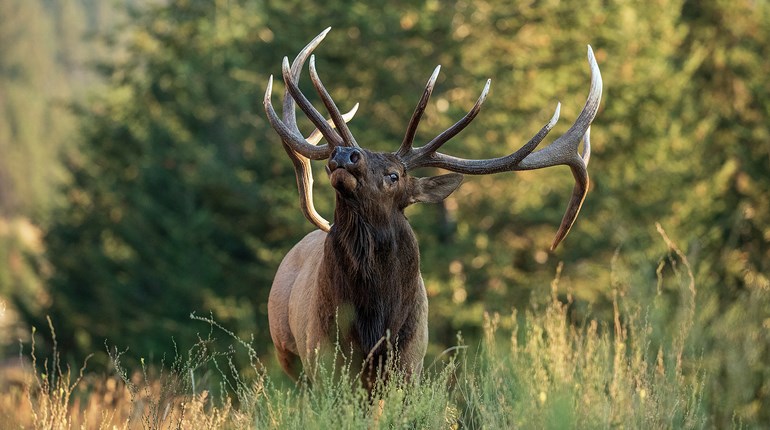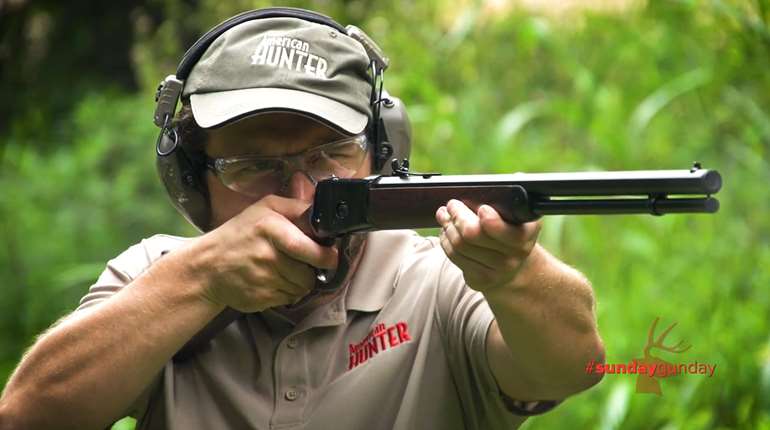
One of the quickest ways to kill a turkey at daylight is to get as close to a roosted gobbler as reasonably possible. But it’s better to play it conservatively than sneak too close, because the surest way to not kill a gobbler at daylight is to spook it on the roost. Knowing how close you can get before setting up is key. Here are some tips.
Judging Distance by Sound
Generally, it’s ideal to set up within 100 yards of a roosted gobbler. Much closer than this and it’s too easy for him to hear or see you as you move to get into position. Much farther and your calling loses effectiveness after the fly-down. But judging 100 yards in darkness using only your ears is easier said than done.
First, you’ve got to know your own ears. Do you generally think they’re keen? Several times I’ve hunted with older guys whose hearing had degraded over the years, only they didn’t realize it. They often thought the bird was farther away than it actually was, and despite my inhibitions, we’d bump them. If I hunt with younger, keen-eared hunters, I often ask them what they think and take an average of our opinions. The point is, assess your own hearing and lean on the side of caution or upon a hunting buddy for confirmation if you know you can’t hear all that well. A tip to hunters owning great ears but little experience: Gobblers are often farther away than you think, because they’re so darn loud.
Terrain
Terrain features such as hills, flowing creeks and dense woods can muffle the sound of a gobbler that is actually closer than it sounds—sometimes by as much as 30 percent. Take this into consideration as you sneak in for a set. If you know the terrain, this is much easier to discern; if you don’t, consult a topo map or Google Earth to help you make a more accurate judgment. Then use this terrain to your advantage to move toward the bird undetected. The worst-case scenario is if a gobbler is roosted out in the open; in this situation you simply may not be able to get close. You may have to wait until he flies down then assess the situation and move toward him quickly if possible.
Wind
Before moving in, always consider the wind. If it’s blowing from the gobbler to you, the bird will sound closer than it actually is, and vice versa. For example, if you think the bird is 200 yards away but the wind is blowing 10 mph from your back to the bird, the bird is probably more like 165 yards away from you. Rain can do the same thing.
Other Turkeys
Before moving in, listen for other turkeys, because if you spook a bunch of hens from their roost on your way to the gobbler, odds are that the gobbler will fly to those hens. So, if you detect other birds, try to get within 100 yards of them—not necessarily the gobbler.
Daylight
If you’ve got a gobbler roosted, don’t hit the snooze button. Sneak in and get set up while it’s pitch-black. And don’t use a flashlight. Resist the urge to call until either you hear other birds calling or it’s almost daylight. Even then, only give a painfully soft tree call or two, just to let him know a hen is near. If you’re inside 100 yards, he’ll know exactly where you are, and with luck, you’ll have him in the bag before the sun shows itself. Then it's off to breakfast.



































